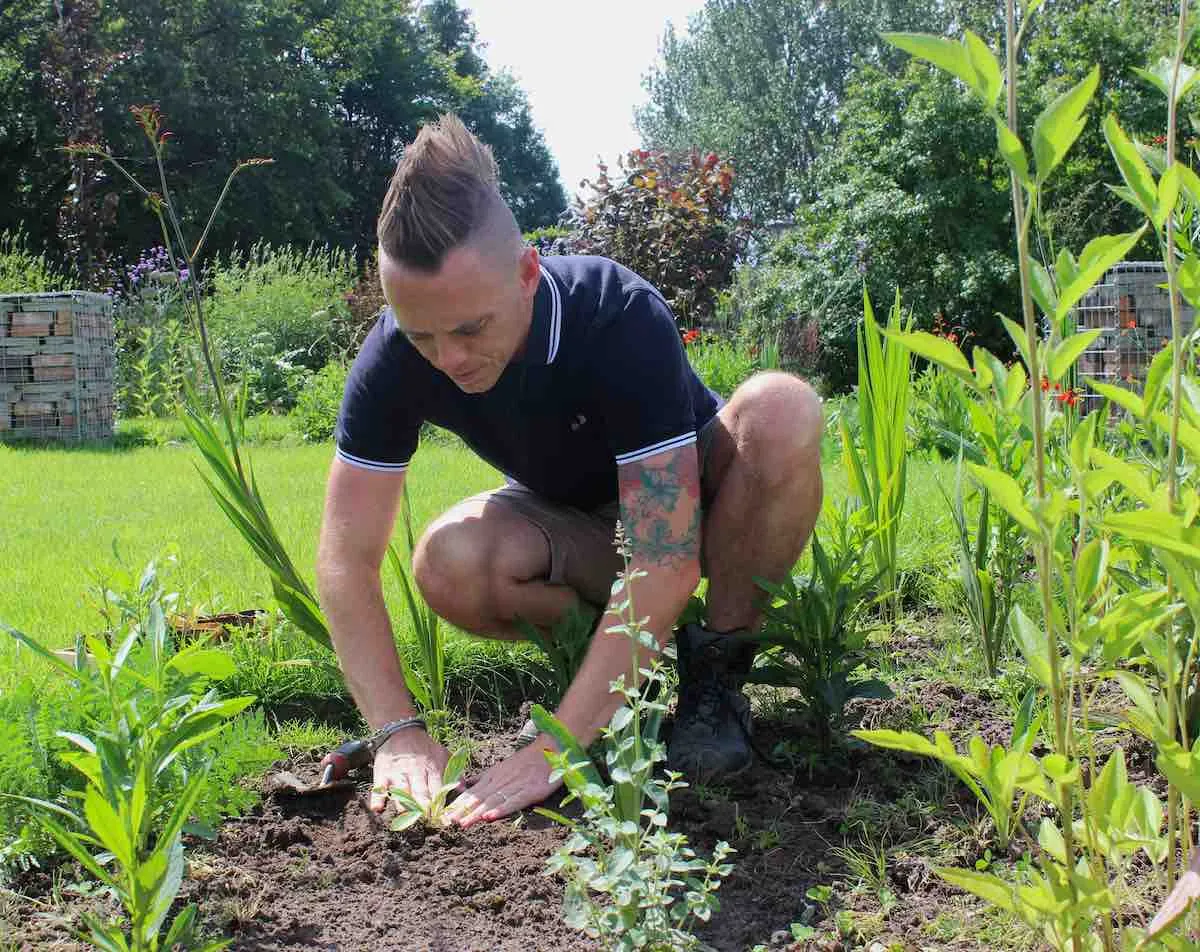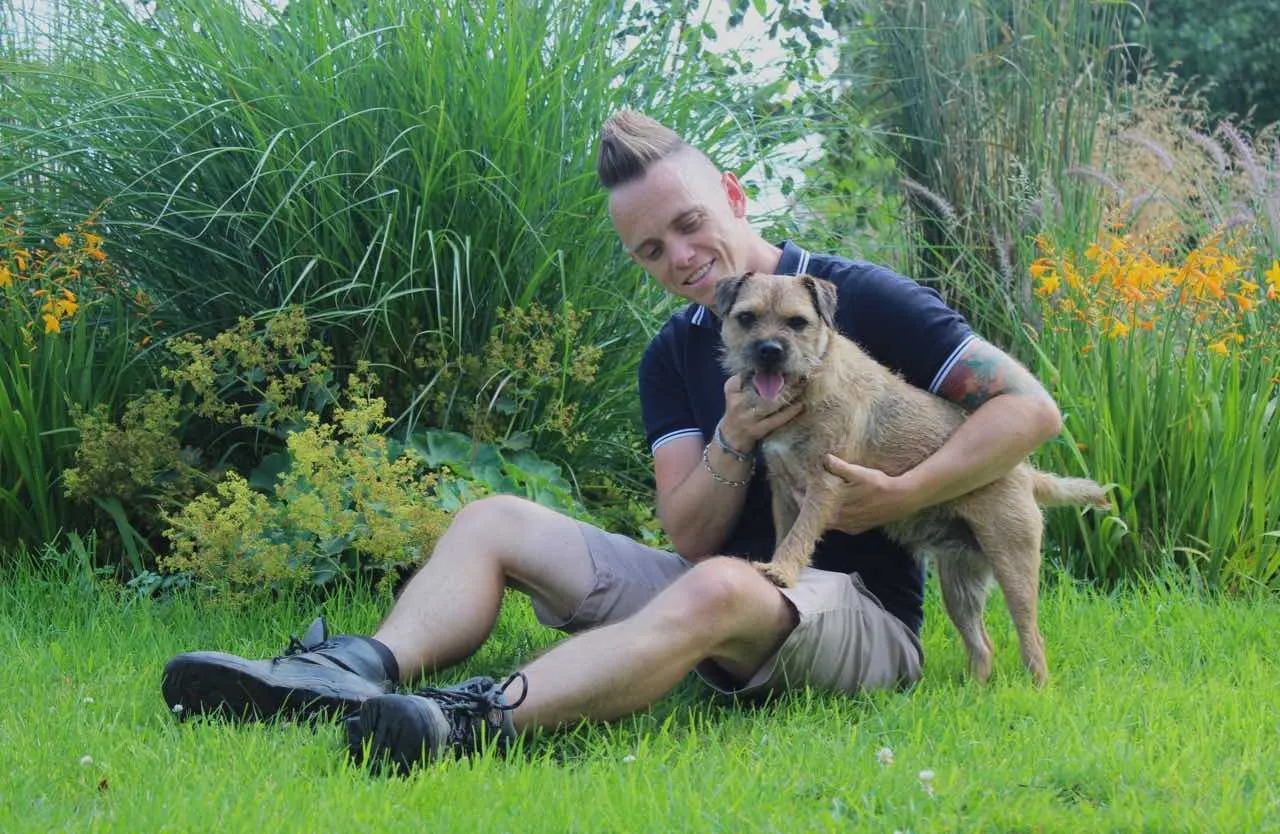Hi @ed
Thanks for your comment on your sickly Pittosporum. These shrubs are usually pretty bulletproof, but a few illnesses can strike these New Zealand shrubs hard. Looking at the pictures, your Pittosporum is ill with white fungus and dead patches appearing.
Looking at the pictures with yours, I think some sort of fungus or powdery mildew has infected the shrub and is causing slow dieback of infected stems. You can see that from the white powder on the stems, brown leaves, and dead patches in your Pittosporum.
Powdery mildew is caused by lack of airflow and causes dieback and wilting of leaves/branches as they turn yellow and then brown. It's often found when growing plants from seed in humid greenhouses and cold frames but can happen outside as well.
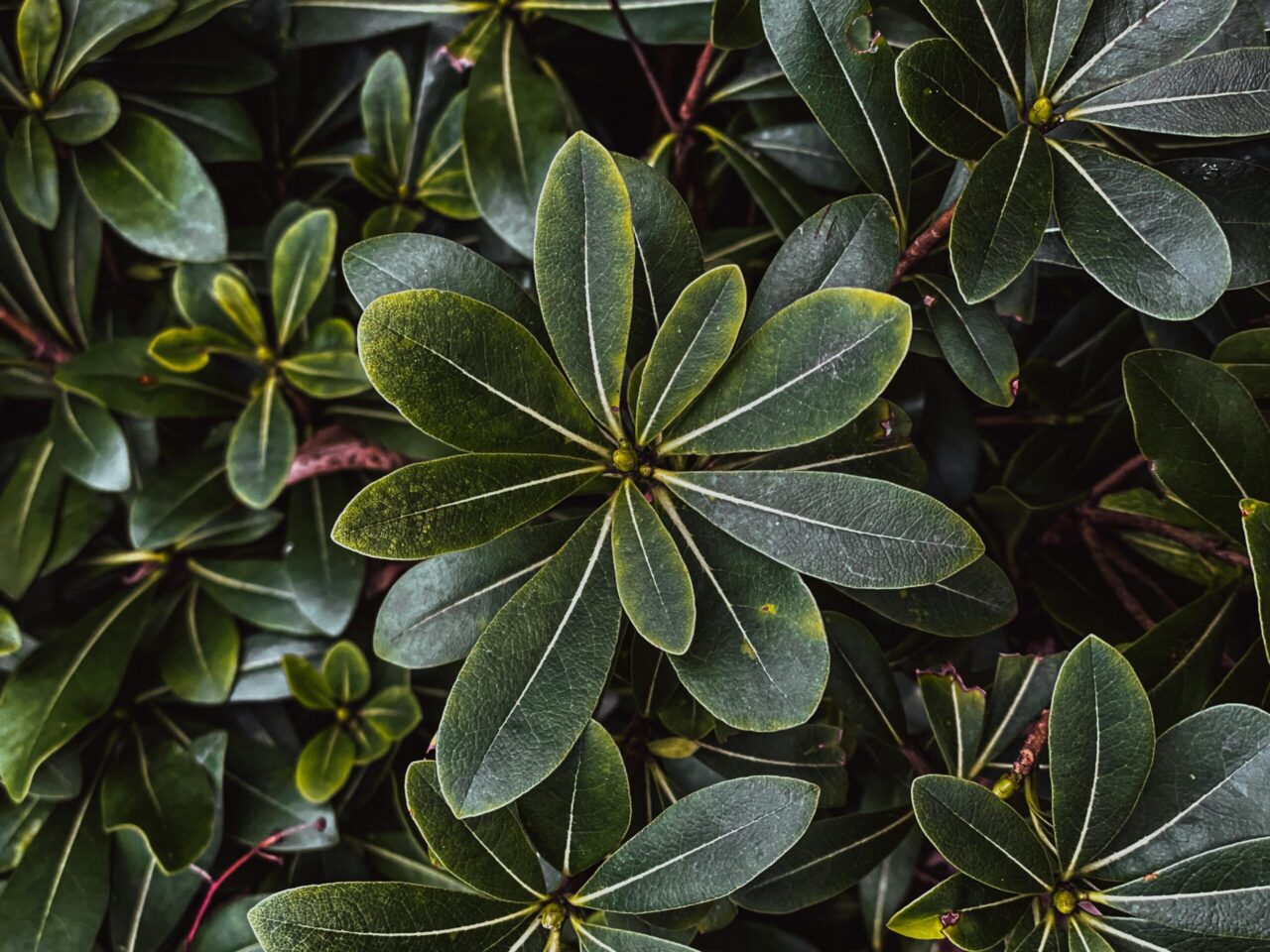
Pittosporums are native to Australasia, particularly thriving in New Zealand, Australia, and parts of Asia. In their natural habitats, these hardy shrubs and small trees have adapted to various climates, from coastal to alpine regions, where they endure both warm summers and cooler, wetter conditions, which is why they are so popular here in the UK as shrubs for Garden Design.
Their resilience and adaptability have made them popular in gardens worldwide, particularly in temperate regions where they offer evergreen structure and aesthetic appeal year-round.
One reason pittosporums are so low-maintenance is their durability and tolerance to different soil types, including clay, sandy, and even slightly saline soils. Once established, they can withstand moderate drought, meaning they require minimal watering.
Although yours is looking sickly, Ed Pittosporums are relatively pest—and disease-resistant compared to other shrubs. Their dense foliage makes them excellent hedges, windbreaks, or privacy screens, and they respond well to pruning, allowing gardeners to shape them without extensive upkeep. These attributes make Pittosporums ideal for those looking for a resilient, attractive shrub that doesn’t require constant attention. The fact they can be hard-pruned is often the cure for most of the diseases I'm going to outline, as you can nip the issue in the bud, so to speak if you are fast!
Let's have a look below at the common diseases and illnesses with Pittosporum and how to treat them, including other illnesses, in case other Garden Ninjas are reading this.
1. Powdery Mildew
Symptoms: Powdery mildew appears as a white or grey powdery coating on stems, leaves, and buds. It thrives in shady, humid environments with poor air circulation and can cause leaves to yellow, curl, and drop, weakening the plant.
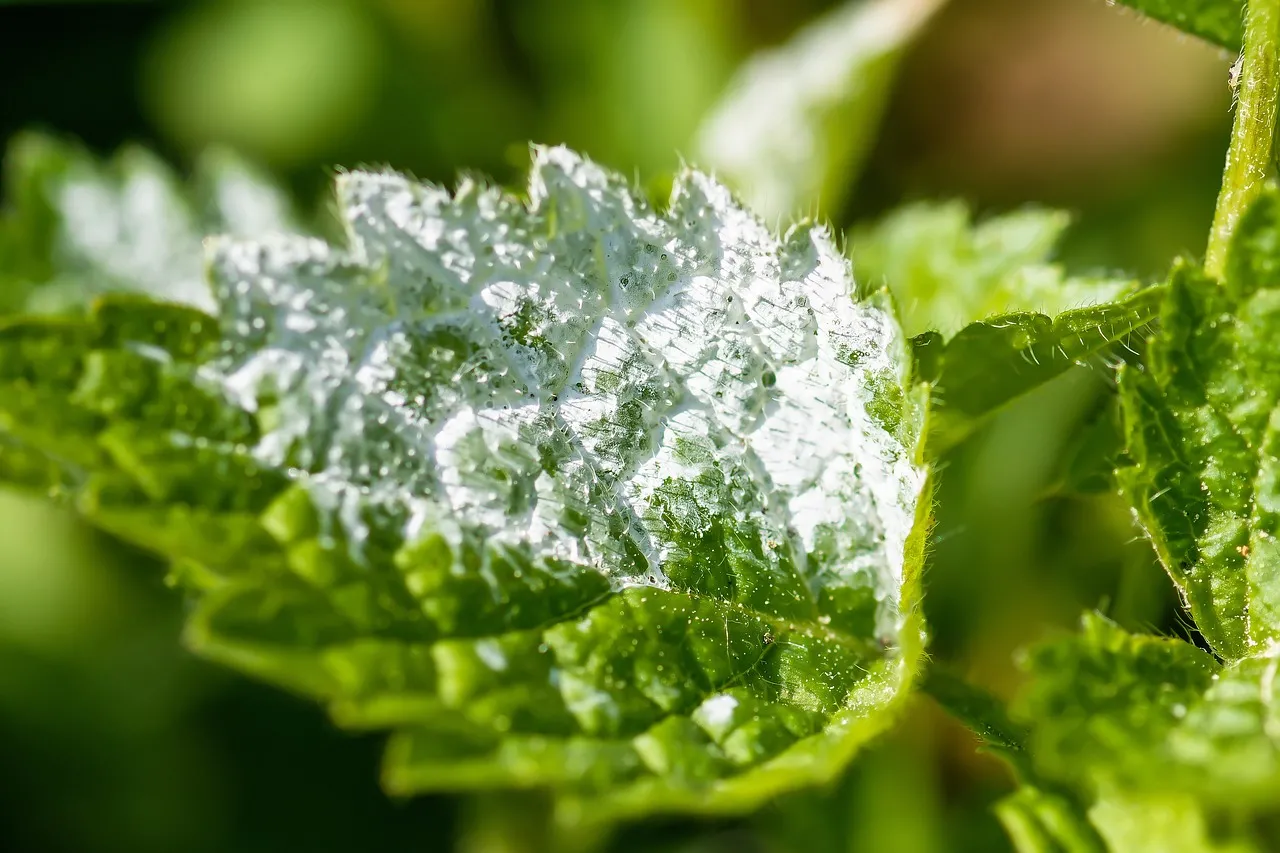
Treatment:
Prune surrounding plants and affected pittosporum branches to improve air circulation. Removing all dead areas to remove the fungal-infected areas so it doesn't spread.
Apply a fungicide labelled for powdery mildew, or try a homemade remedy: mix 1 tablespoon baking soda, 1 teaspoon dish soap, and 1 gallon of water and spray on affected areas.
Avoid overhead watering, which creates conditions for mildew growth.
2. Sooty Mould
Symptoms: Though usually dark, sooty mould can sometimes appear lighter in its early stages. It grows on the sticky honeydew secreted by pests such as aphids, whiteflies, or scale insects. Think of a grey, gritty, sticky substance on the leaves, and this is usually sooty mould.
Treatment:
Inspect your plant for pests and treat them first, as they create the environment for the fungus to thrive. Use insecticidal soap or neem oil to control these pests.
Wash the plant’s stems and leaves with a mild, soapy water solution to remove the mould.
Prune heavily infected branches if the infestation is extensive.
3. Phytophthora Root Rot
Symptoms: Phytophthora root rot doesn’t cause white fungus on stems, but it’s a common reason for decline in pittosporum. It causes yellowing leaves, wilting, stunted growth, and root decay, particularly in poorly drained soils. It's a disease that you rarely recover from, and it's often best just to dig up and burn the pittosporum instead.
Treatment:
Check the soil drainage; if water pools around the roots, this could exacerbate root rot. Improve drainage or consider transplanting to a raised bed.
Avoid overwatering. Only water the pittosporum when the top inch of soil feels dry.
Apply a fungicide labelled for root rot if caught early, but if not, lift and burn.
4. White Scale or Mealybugs
Symptoms: These pests look like white, cottony masses on stems, resembling a fungal coating. They feed on plant sap, weakening the plant and can lead to secondary fungal infections. These are a real pest in hotter climates where there is humidity; they are not so much of a problem here in the UK! 😉

Treatment:
Remove the pests by wiping stems and leaves with a cotton ball soaked in rubbing alcohol.
For larger infestations, use insecticidal soap or horticultural oil and apply as directed.
Prune and discard heavily infested branches, which will also help improve airflow.
Key Tips for Reviving Your Pittosporum
Prune Affected Areas: Cut back infected branches to stimulate new growth and allow more airflow around the plant.
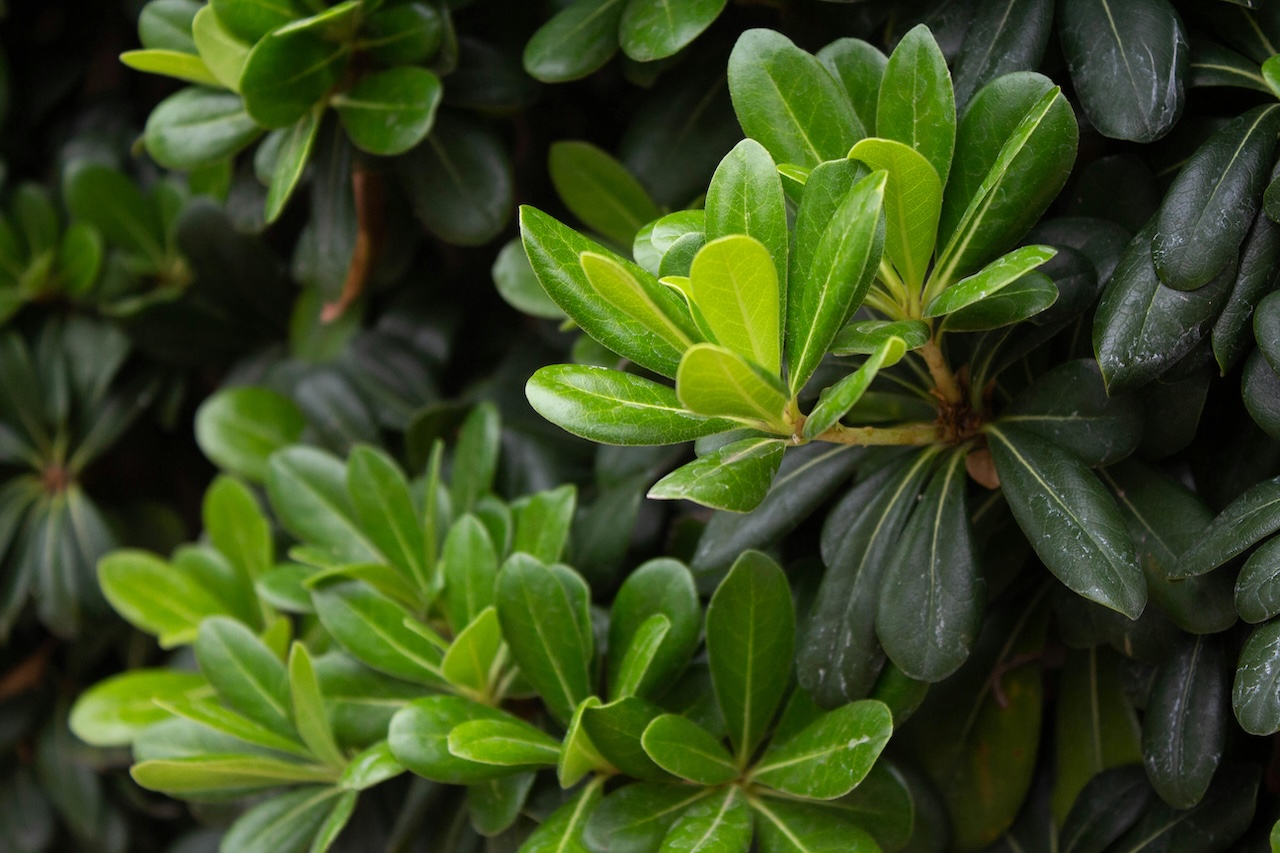
Reduce Watering Frequency: Avoid overwatering, which promotes fungal growth and attracts pests. Allow soil to dry slightly between waterings.
Apply Mulch and Fertilizer: Mulch around the plant base to regulate soil moisture and provide balanced, slow-release fertilizer to support recovery. You can read my guide on plant feeds here to determine which is best for you.
https://youtu.be/5BhGtCjT2TQ
Do let us know how you get on.
All the best
Lee Garden Ninja
Hi @ed
Thanks for your comment on your sickly Pittosporum. These shrubs are usually pretty bulletproof, but a few illnesses can strike these New Zealand shrubs hard. Looking at the pictures, your Pittosporum is ill with white fungus and dead patches appearing.
Looking at the pictures with yours, I think some sort of fungus or powdery mildew has infected the shrub and is causing slow dieback of infected stems. You can see that from the white powder on the stems, brown leaves, and dead patches in your Pittosporum.
Powdery mildew is caused by lack of airflow and causes dieback and wilting of leaves/branches as they turn yellow and then brown. It's often found when growing plants from seed in humid greenhouses and cold frames but can happen outside as well.

Pittosporums are native to Australasia, particularly thriving in New Zealand, Australia, and parts of Asia. In their natural habitats, these hardy shrubs and small trees have adapted to various climates, from coastal to alpine regions, where they endure both warm summers and cooler, wetter conditions, which is why they are so popular here in the UK as shrubs for Garden Design.
Their resilience and adaptability have made them popular in gardens worldwide, particularly in temperate regions where they offer evergreen structure and aesthetic appeal year-round.
One reason pittosporums are so low-maintenance is their durability and tolerance to different soil types, including clay, sandy, and even slightly saline soils. Once established, they can withstand moderate drought, meaning they require minimal watering.
Although yours is looking sickly, Ed Pittosporums are relatively pest—and disease-resistant compared to other shrubs. Their dense foliage makes them excellent hedges, windbreaks, or privacy screens, and they respond well to pruning, allowing gardeners to shape them without extensive upkeep. These attributes make Pittosporums ideal for those looking for a resilient, attractive shrub that doesn’t require constant attention. The fact they can be hard-pruned is often the cure for most of the diseases I'm going to outline, as you can nip the issue in the bud, so to speak if you are fast!
Let's have a look below at the common diseases and illnesses with Pittosporum and how to treat them, including other illnesses, in case other Garden Ninjas are reading this.
1. Powdery Mildew
Symptoms: Powdery mildew appears as a white or grey powdery coating on stems, leaves, and buds. It thrives in shady, humid environments with poor air circulation and can cause leaves to yellow, curl, and drop, weakening the plant.

Treatment:
Prune surrounding plants and affected pittosporum branches to improve air circulation. Removing all dead areas to remove the fungal-infected areas so it doesn't spread.
Apply a fungicide labelled for powdery mildew, or try a homemade remedy: mix 1 tablespoon baking soda, 1 teaspoon dish soap, and 1 gallon of water and spray on affected areas.
Avoid overhead watering, which creates conditions for mildew growth.
2. Sooty Mould
Symptoms: Though usually dark, sooty mould can sometimes appear lighter in its early stages. It grows on the sticky honeydew secreted by pests such as aphids, whiteflies, or scale insects. Think of a grey, gritty, sticky substance on the leaves, and this is usually sooty mould.
Treatment:
Inspect your plant for pests and treat them first, as they create the environment for the fungus to thrive. Use insecticidal soap or neem oil to control these pests.
Wash the plant’s stems and leaves with a mild, soapy water solution to remove the mould.
Prune heavily infected branches if the infestation is extensive.
3. Phytophthora Root Rot
Symptoms: Phytophthora root rot doesn’t cause white fungus on stems, but it’s a common reason for decline in pittosporum. It causes yellowing leaves, wilting, stunted growth, and root decay, particularly in poorly drained soils. It's a disease that you rarely recover from, and it's often best just to dig up and burn the pittosporum instead.
Treatment:
Check the soil drainage; if water pools around the roots, this could exacerbate root rot. Improve drainage or consider transplanting to a raised bed.
Avoid overwatering. Only water the pittosporum when the top inch of soil feels dry.
Apply a fungicide labelled for root rot if caught early, but if not, lift and burn.
4. White Scale or Mealybugs
Symptoms: These pests look like white, cottony masses on stems, resembling a fungal coating. They feed on plant sap, weakening the plant and can lead to secondary fungal infections. These are a real pest in hotter climates where there is humidity; they are not so much of a problem here in the UK! 😉

Treatment:
Remove the pests by wiping stems and leaves with a cotton ball soaked in rubbing alcohol.
For larger infestations, use insecticidal soap or horticultural oil and apply as directed.
Prune and discard heavily infested branches, which will also help improve airflow.
Key Tips for Reviving Your Pittosporum
Prune Affected Areas: Cut back infected branches to stimulate new growth and allow more airflow around the plant.

Reduce Watering Frequency: Avoid overwatering, which promotes fungal growth and attracts pests. Allow soil to dry slightly between waterings.
Apply Mulch and Fertilizer: Mulch around the plant base to regulate soil moisture and provide balanced, slow-release fertilizer to support recovery. You can read my guide on plant feeds here to determine which is best for you.
Do let us know how you get on.
All the best
Lee Garden Ninja
 Lee Burkhill: Award Winning Designer & BBC 1's Garden Rescue Presenters Official Blog
Lee Burkhill: Award Winning Designer & BBC 1's Garden Rescue Presenters Official Blog


